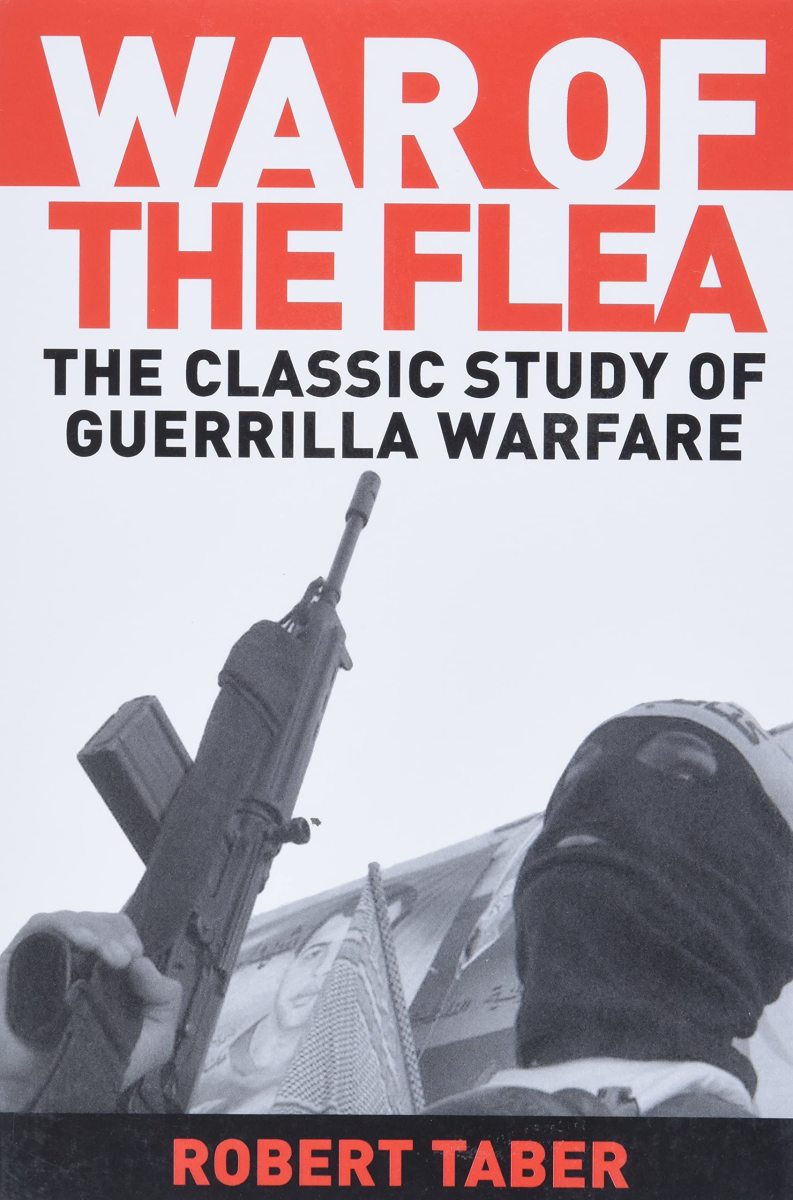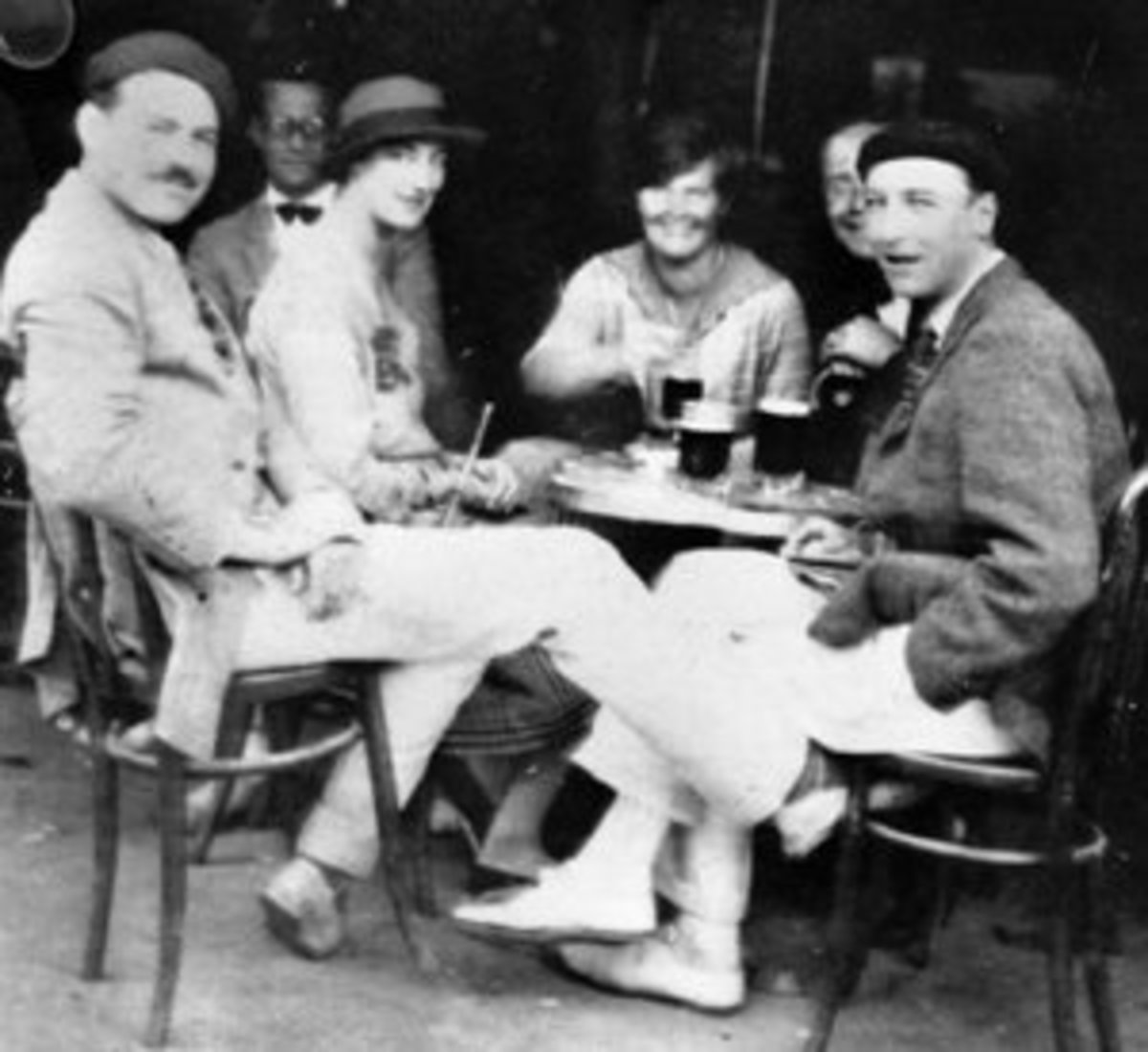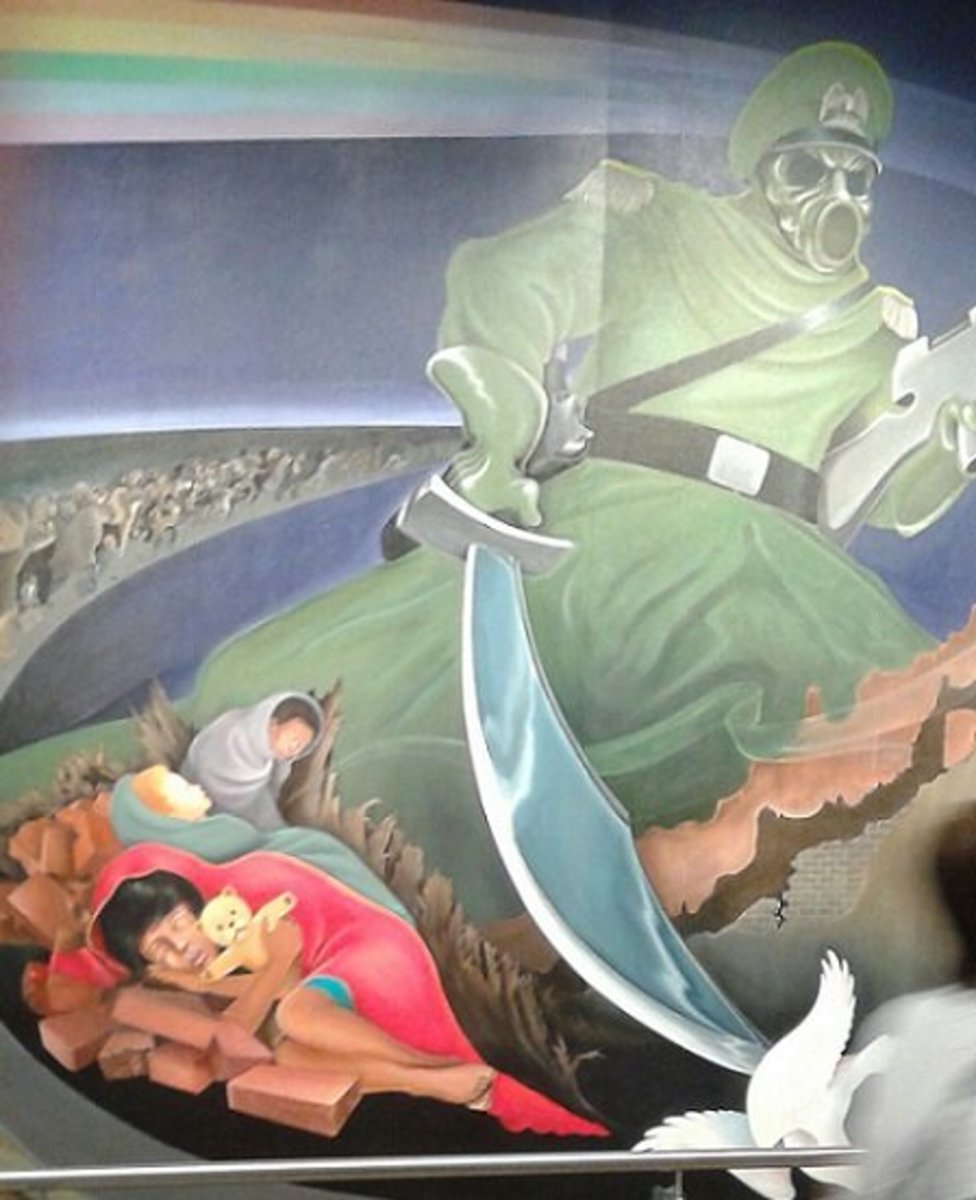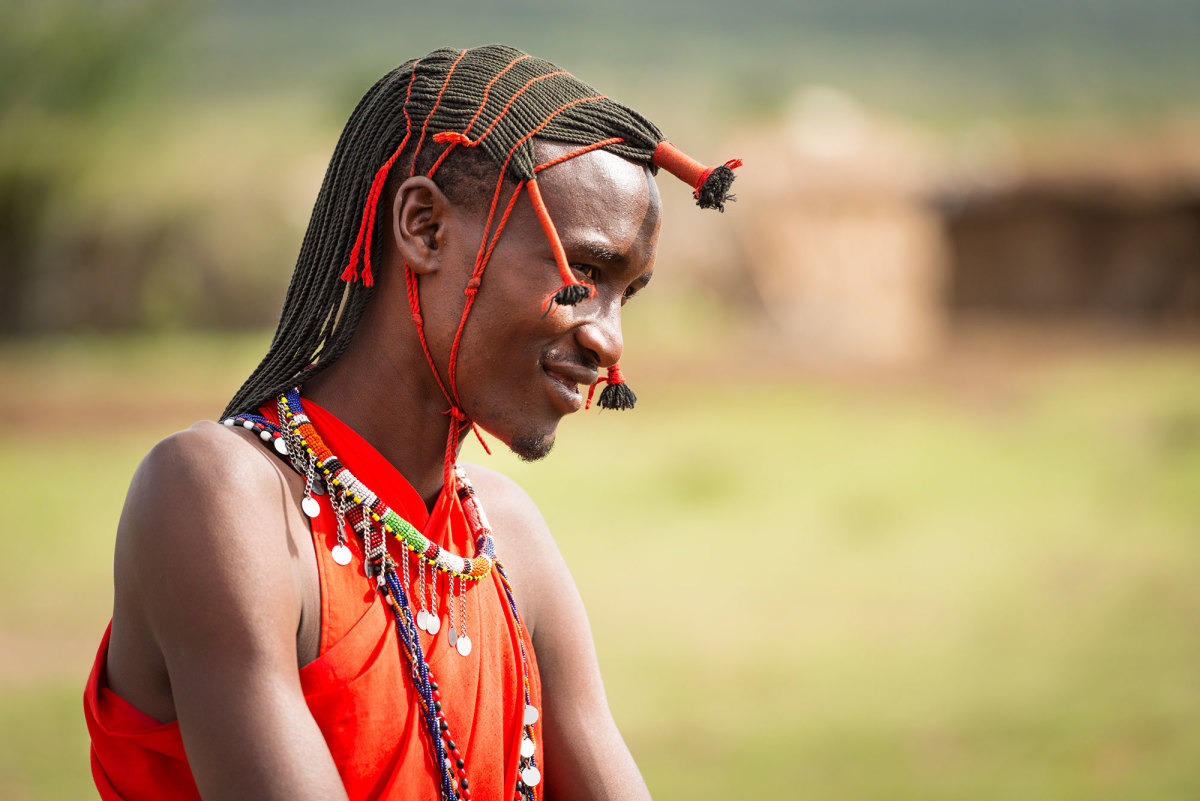How the Love Generation Changed America
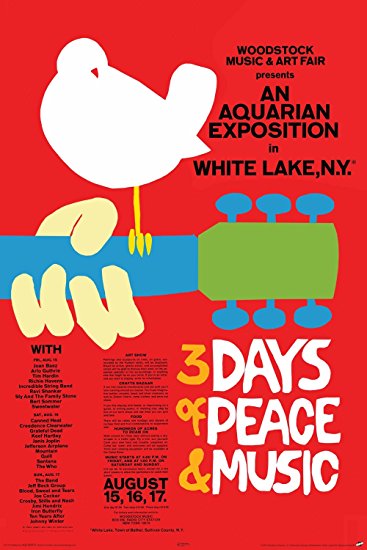
Introduction
America in the 1960's was more than just tiedye, peace, drugs, music, racial tensions, second wave feminism, and rise of gay rights, it was a time when the war in Vietnam tore a nation in two. The war generation, also known as babies born after World War 2, and the Love generation, known as hippies or baby boomers. Those of the war generation fully supported the war, while youth went against it burning draft cards, dropping out of school, doing drugs, and listening to anti war music. All these tensions, it was the youth who were the driving force of the many landmark events that happened and changed our society.
Burning Draft Cards
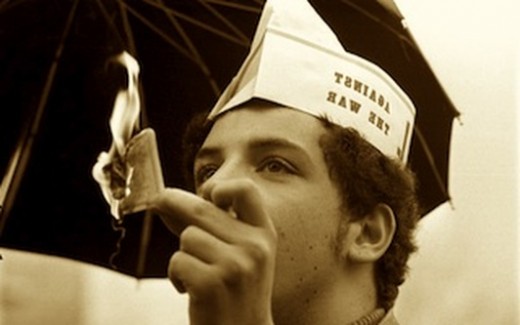
Love not War
Burning draft cards was a protest basically saying fuck you, I am not fighting the war. A mantra many hippies preached, "Love not War." The practice wouldn't stick around, as it soon became punishable by law. This act set way to what I call upfront protest. It wasn't rebellious acts like 50's youth would do by greasing hair, and wearing leather jackets. This was a "anti patriotic act." It was a "look at me, I am burning this paper that will send me to war. You see I am against it, and I am not fighting."
Feminism in 1960
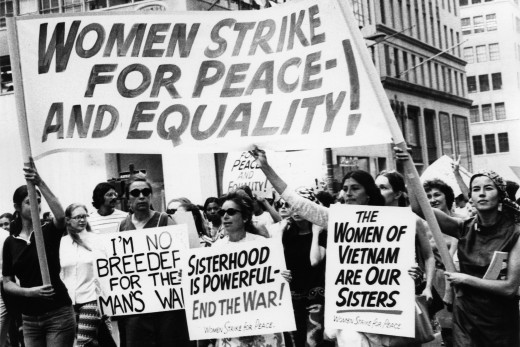
How second wave Feminism inspired the 21st Century Woman
Reproductive Rights
- Contraceptives In 1960 the first contraceptive was introduced, which we call birth control. This gave women the chance to enjoy intercourse without fearing pregnancy. While the idea of it was taboo, women still faced a ghost from the past. Women should remain virgins until marriage and shouldn't sleep around. To this day, such norm still exists. While it seems society applauds men for having many partner in his lifetime, for women it is looked down upon. Today women are fighting stating that no one has control with who they sleep with, and no one has control over how they lead their sexual lifestyle.
- Abortion To this day women STILL fight for legal abortions. It wouldn't be until 1973 that Roe Vs Wade would become a milestone in women's rights. Back in the 1960's women would protest with the right to control their own bodies, and access to medical attention for their sexual health. Today, women still fight holding up posters with the same mantras as the women who stood strong in the 1960's
Equal pay Another issue that stays on the women's liberation agenda is equal pay. Women are payed less than a man for the same job. Many try to debunk that statement, but surveys have proven otherwise. As far as the work force, many jobs that are "male dominant" discourage women from joining them. Many still experience degrading and insultive comments by their male counterparts. Today more than ever, women from the previous generations are encouraging girls to enter these workforces especially STEM (Science, Technology, Engineering, Mathematics)
Women and Sexuality
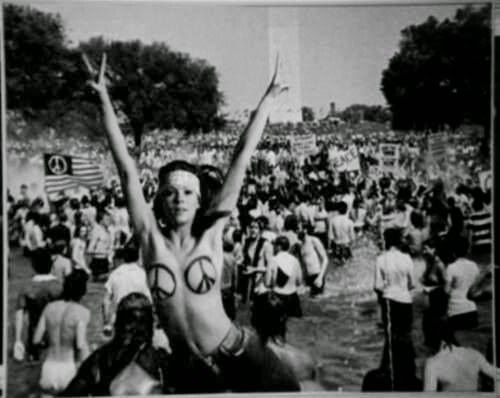
Woodstock August 1969

The Iconic Festival
How did this concert create an importance in American history? Well, for one, over half a million people attended the 3 day festival that featured many famed artists at the time such as Janis Joplin and Jimi Hendrix. But in three days, only two attendees died. One of an overdose, the other was run over by a tractor during the night. This festival proved that music (and weed) can unite 450,000 people.
I feel Like I'm Fixin To Die Country Joe at Woodstock
Stonewall riots June 1969

LGBT equality
The fight for equality for the LGBT begun before the riots in 1969, but it was the force that drove it to the main front of social issues. Gay couples faced a lot of stigma back then, and even today with the legalization of Gay Marriage, many still remain under fire for their sexuality by those who misunderstand them. As of today the LGBT community continues to fight through parades, marches and sit ins like they did in the 1960's.
The story of Mildred and Richard Loving

How a couple helped in the liberation for people of color
Segregation of the white man and black man is an iconic issue of 1960's America. A white man marrying a black woman was seen as a plague. Mildred and Richard Loving have a perfect last name for their plight to legalize marriage between them. The South was already facing their own struggle with racial equality. The right to have the same education, use of the same bathrooms, and eating at the same restaurants was at the front of it all.
The story of the Loving's however still has its importance in the 21st century. Similar to the legalization same sex marriage being marked as a human right, so was the case of the Lovings. It remains as a beacon for all bi racial couples who still feel hate towards people who to this day see bi racial marriage as a societal taboo.
1960's Alabama Riots
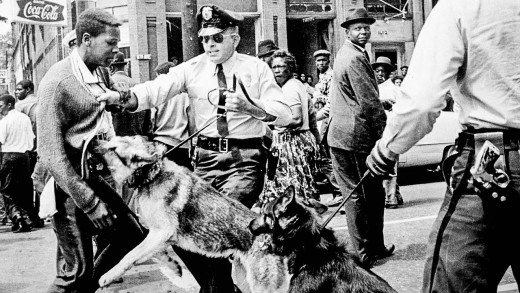
People Of Color liberation present day

The Fight to be seen as one
People of color always fought to be seen as equal. In the 1960's many cases such as Brown vs Board fought for the liberation of blacks. They had to use seperate Bathrooms, Restaurant seatings and public spaces which was often much worse than the areas for their white peers.
Today, we are allowed to mingle together, except people of color still face discrimination specifically by the police force. This is where the Black Lives Matter movement got its name. Like yesterday's past, brute police force is used on them when they protest, as they continue to fight to be seen as an equal to the white man.
The Lesson
Fight For Equality
We continue to use the same tactics that minorities used in 1960s. Like Woodstock that was organized to spread love & peace, many artists hold concerts in support of groups, raising money for the cause. People of color continue to fight violently and non-violently for equal rights, and to this day Pride parades are held to spread pride, victory, and future fights for equal rights.
These modern day social issues would be much worse if the youth of the 1960's didn't raise awareness and fight these issues.
© 2017 Rachel Dawidowicz

